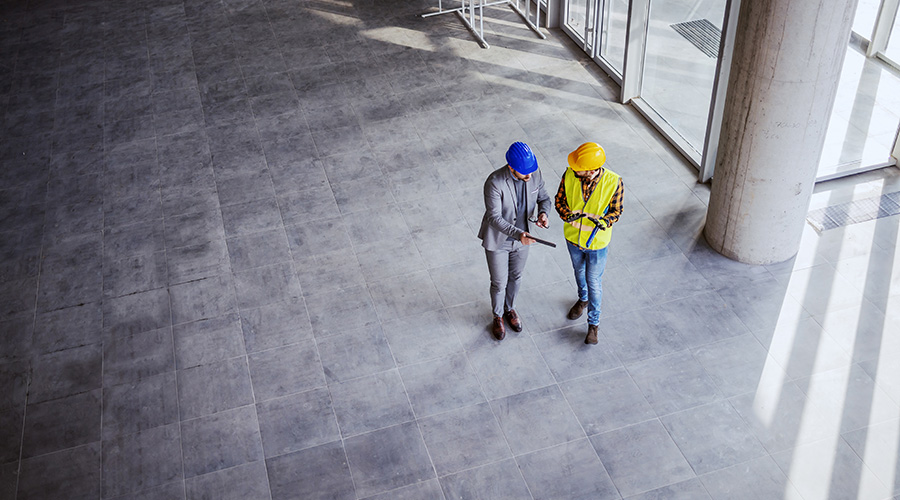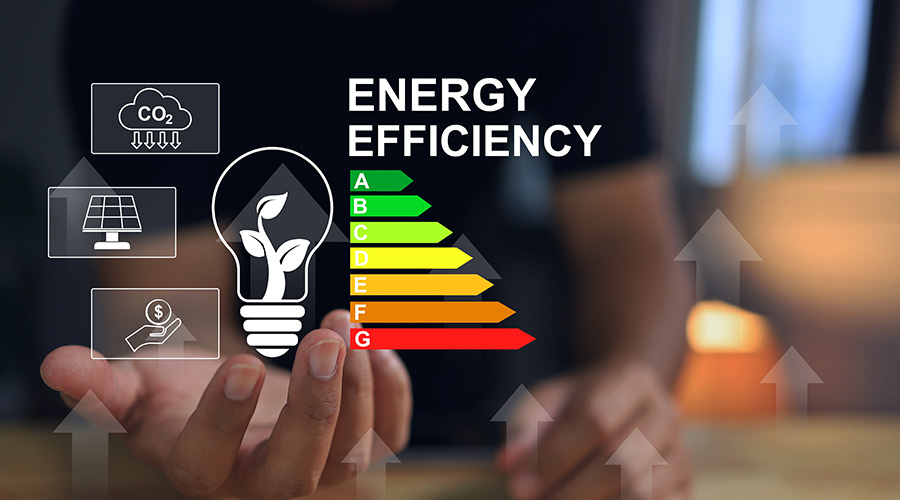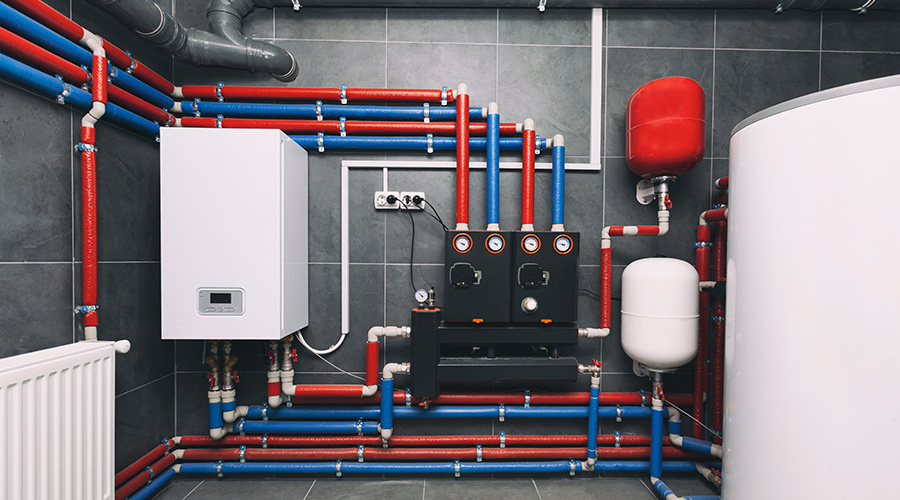Ten Steps to Controlling Mold
Dubbed "the new asbestos" by many, mold is an increasing problem in many new construction buildings, ruining the indoor air quality and costing thousands of dollars to remediate, according to GREENGUARD Environmental Institute (GEI).
Dubbed "the new asbestos" by many, mold is an increasing problem in many new construction buildings, ruining the indoor air quality and costing thousands of dollars to remediate, according to GREENGUARD Environmental Institute (GEI).
"All it takes is a little rain and mold can grow all over an exposed structure," says Carl Smith, CEO/executive director of GEI. "Safer building may cost a little more time and money in the short term, but can save many more headaches in the future."
These 10 precautions, which comprise the GEI Mold Protection Program, will save headaches in the long run:
1. Site Assessment
The site must undergo both a soil/hydrology review and assessment and a
landscape architecture review and assessment. Hire a
registered civil engineer for the first job and a registered landscape
architect for the second. Make sure water does not
settle near the building's proposed foundation.
2. Building Envelope Review
An independent third party should assess the strength of the building's
roof, wall assembly and foundation.
3. HVAC
A load analysis, equipment selection review, control systems check,
layout and materials section review are all necessary.
4. Plumbing
Moisture and condensation must be managed and taken into account in
conjunction with design issues. The size, design and use of the
building must be matched appropriately to its plumbing system. A
qualified third party should review these specifications.
5. Materials
Any potentially moisture-sensitive materials should be identified during
the initial design and then shipped, packaged, stored and installed
appropriately so as to shield them from elements.
6. Final Design/Construction Documents Approval
The final design, which includes moisture and mold prevention measures
must be approved by the building owner/developer's representative.
7. Construction Verification
The construction site and ongoing building must be inspected by a
qualified third party at least once every three months. These
inspections include all materials deemed moisture sensitive; ensuring
they are not installed prior to the building being sealed or, at least,
temporarily covered.
8. Operations and Maintenance Training Plans
Building and maintenance personnel should be trained in preventing,
spotting and reporting moisture incidents.
9. Acceptance
An authorized third party should formally inspect the property to ensure
it meets overall requirements. This inspection includes all
appliances, pipes, drains and other areas where condensation occurs. Certification can then be obtained.
10. Ongoing Inspections
The property should be inspected at least four times during the first
year of occupancy and on an ongoing basis in the following years.
For more information on the GREENGUARD Mold Protection Program, call 800.789.0419 or e-mail mold@greenguard.org.
Related Topics:











